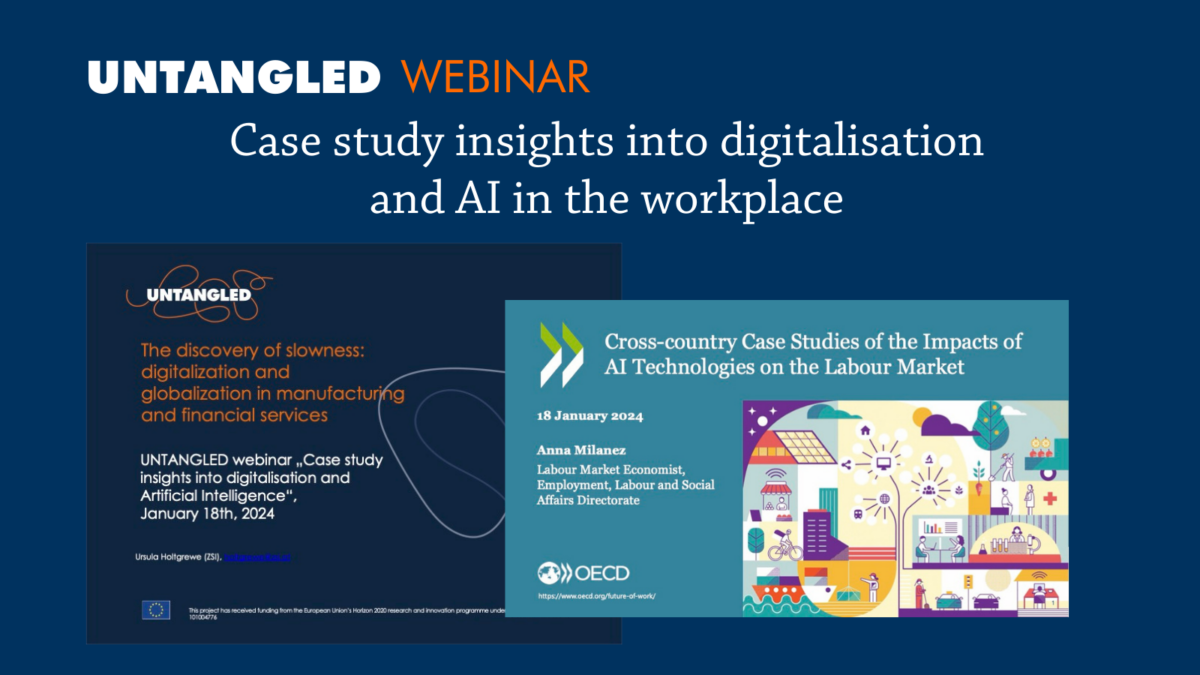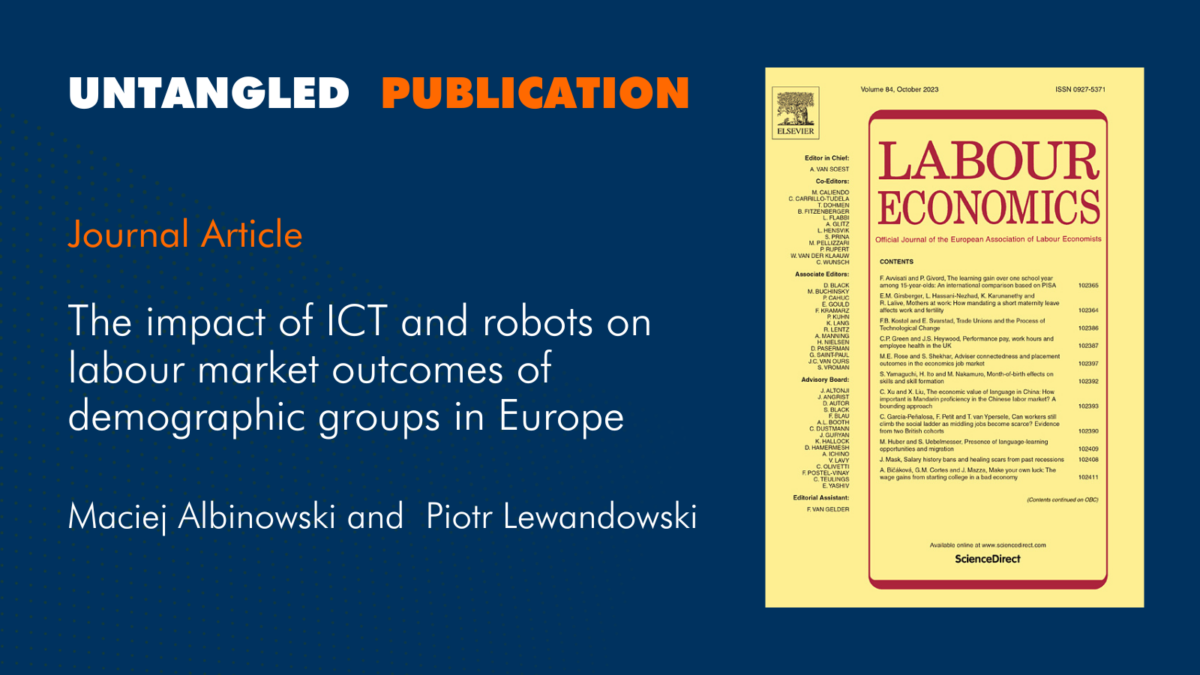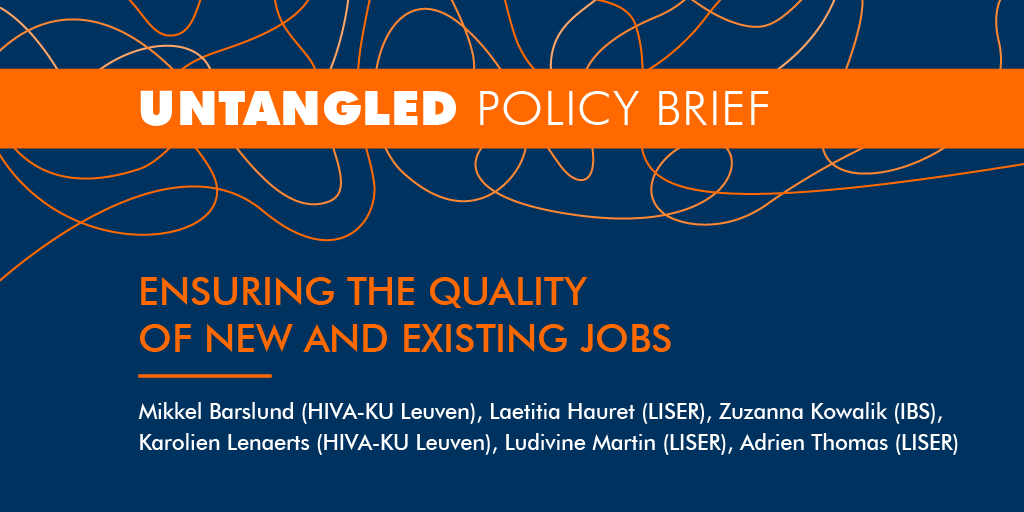In the first of three presentations, Ursula Holtgrewe (ZSI) discussed project UNTANGLED case studies in manufacturing and financial services, which examined the impact of digitalisation and globalisation on employment, job quality and inequality. The research revealed that technological changes and their adoption are characterised by incremental advances, rather than disruptive innovations. Holtgrewe pointed out that analysis of employment showed (skilled) staff shortages in all cases, leading to intense competition for highly skilled workers across sectors. However, labour shortages did not necessarily improve job quality and wages. At the same time, automation posed a risk to low-skilled workers, for instance in the manufacturing sector, even though for now the replacement of workers by robots has been compensated for by expanding markets. Regarding skill changes, the UNTANGLED researchers found that automation could lead to upskilling and retraining workers in both sectors. However, inequality persisted in training and learning, with more opportunities reserved for highly skilled employees. Discussing job quality changes, Holtgrewe argued that the automation of routine-intensive tasks led to work intensification, which limited the space for teamwork and peer learning.
Anna Milanez (OECD) presented cross-country case studies exploring the impacts of AI technologies on the labour market. Researchers demonstrated that manufacturing and finance companies adopted several AI technologies, including computer vision, natural language processing, and machine learning. Among the occupations most often impacted by technological changes were customer service representatives and maintenance & repair workers. Milanez emphasised that redundancies were rare due to the limited advancement of AI technologies. Instead, automation targeted minor tasks within jobs. Labour shortages caused worker reallocation within firms, and companies prioritised improved product or service quality over labour cost savings. Milanez also argued that the impacts of AI and AM on job quality are mixed. While AI technologies were credited with improving physical safety, working conditions, mental well-being, and engagement, conflicting perspectives existed, with workers often expressing ambivalence and reporting increased work intensity and stress.
Trine Pernille Larsen and Anna Ilsøe (FAOS) discussed their new research on the Danish manufacturing sector, AI adoption, and its effects. Their data showed that the industry recently increased its use of AI and Algorithmic Management (AM) technologies. They also addressed recent debates in Denmark caused by the widespread adoption of technology, which centred around worker surveillance, data security, health and safety risks, legal implications, and the impact on wages and working conditions. Larsen and Ilsøe also presented their findings on how AI affects job tasks, training, and mobility.
Ursula Holtgrewe presentation is available here.
Anna Milanez presentation is available here.










